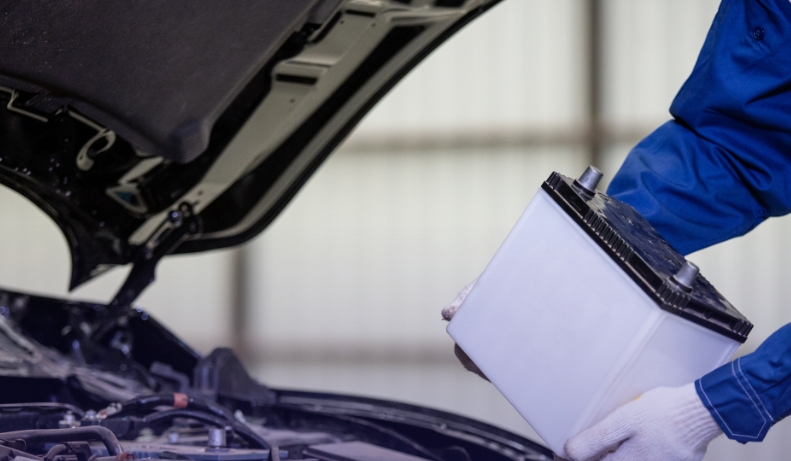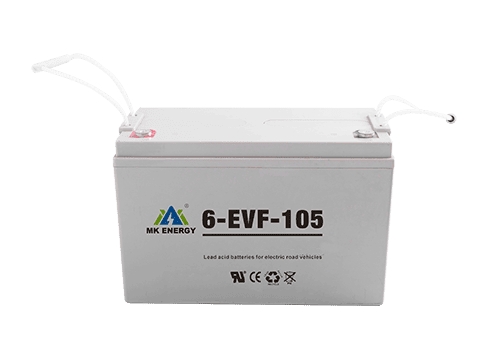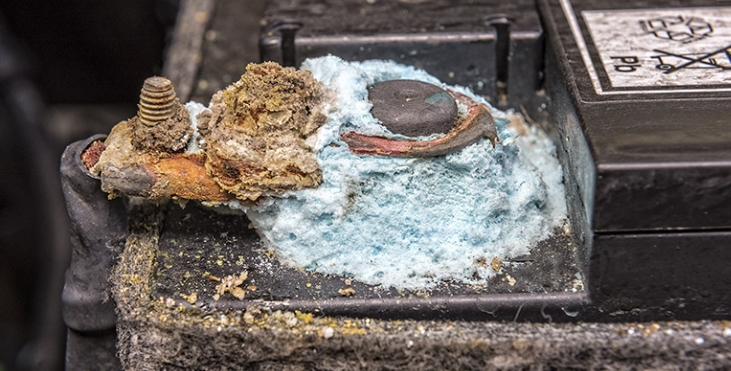With the continuous popularity and use of EVF traction Battery, maintaining EVF traction batteries has become increasingly important. These batteries can act as a power source, providing the energy needed to propel electric vehicles on the road. Proper maintenance of your EVF traction battery ensures optimal performance, longevity, and safety. In this comprehensive guide, we’ll explore best practices for maintaining EVF traction batteries in terms of regular inspections, proper charging, managing temperature, balancing voltage, preventing corrosion, and more.
Regularly check and monitor EVF traction batteries
Regular inspection of EVF traction batteries checks the physical condition of the battery pack, including its casing, connectors, and cooling system. Any signs of physical damage, such as cracks, dents, or corrosion, may be potential issues that need attention. Monitoring the battery’s state of charge (SOC) and state of health (SOH) is another crucial aspect of EVF power battery inspection. This involves evaluating the battery’s capacity, voltage, and internal resistance to determine its health and performance. Any significant deviation from the expected value may indicate a potential problem or performance degradation. Additionally, diagnostic tools and software should regularly monitor battery health, charge status, and performance metrics.
Correct EVF traction Battery Charging Practices
Proper charging practices for EVF traction batteries are critical to maximizing their performance, longevity, and safety. Follow the manufacturer’s recommendations for charging voltage, current, and temperature limits to avoid overcharging or undercharging your battery. Use a dedicated charging station or a home charger designed specifically for electric vehicles to ensure safe and efficient charging. Avoid frequent deep discharges, as this will accelerate battery degradation. The goal is to keep the battery’s state of charge within the recommended operating range to extend its life and maintain optimal performance.
Manage EVF traction Battery temperature
A key aspect of managing the temperature of EVF traction batteries is controlling the surrounding environment in which they are located. Ensuring adequate ventilation and airflow around the battery pack helps dissipate the heat generated during charging and discharging. Proper insulation and shielding also help protect batteries from extreme temperatures and temperature fluctuations. It is critical to monitor and control the operating temperature of the battery pack during charge and discharge cycles. Keeping EVF traction batteries within the optimal temperature range helps maintain their efficiency and performance. This may involve implementing thermal management systems, such as active cooling or heating systems, to regulate the battery’s temperature as needed. At the same time, it is also necessary to avoid the impact of exposure to extreme temperatures on EVF traction batteries.
Ensure uniform EVF traction Battery voltage and capacity distribution
Voltage balancing involves adjusting the charge levels of individual battery cells to ensure they reach the same voltage during charging. This aims to prevent the EVF traction battery from overcharging, which can cause capacity imbalance and reduce overall performance. Techniques such as active cell balancing or passive balancing circuits can help maintain consistent battery pack voltage levels. The focus of capacity balancing is to ensure that each battery cell within the battery pack has a similar state of charge (SOC) and capacity. The charge level of each EVF traction battery is regularly balanced through technologies such as charge balancing or capacity matching algorithms.
Protect battery terminals and connections
When the metal terminals of EVF traction batteries are exposed to moisture, chemicals, or environmental pollutants, corrosion can occur, causing oxidation and degradation of the terminal surface. Terminal corrosion can negatively impact battery system efficiency and reliability by causing poor conductivity, voltage drops, and increased resistance. Battery terminals must be kept clean, dry, and contaminant-free to prevent corrosion. Regular inspection and cleaning of terminals using a mild detergent or terminal cleaner will help remove dirt, grease, and corrosion buildup. Proper maintenance of terminal connections, including tightening loose bolts or clamps, ensures that electrical connections are safe and secure.
ultimately
Proper maintenance of EVF traction batteries includes regular inspections, correct charging, managing temperature, balancing voltage, and preventing corrosion. EVF traction batteries’ performance, life, and safety can be maximized through these aspects. Users and consumers can take proactive steps to ensure their EVF traction batteries remain in optimal condition.




